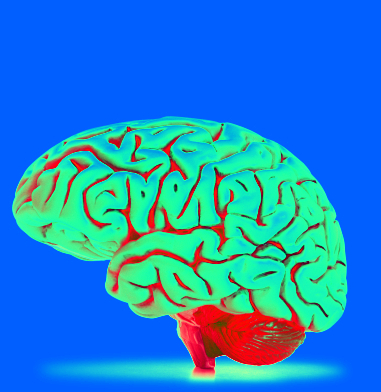Power-playing brain boost promoted
 International experts agree that exercise boosts students’ brain power and academic prowess.
International experts agree that exercise boosts students’ brain power and academic prowess.
A consensus statement on physical activity in schools and during leisure time has been published in the British Journal of Sports Medicine.
Time taken away from lessons for physical activity is time well spent and does not come at the cost of getting good grades, say the 24 signatories to the statement.
The experts say that:
- Physical activity and cardiorespiratory fitness are good for children’s and young people’s brain development and function as well as their intellect
- Time taken away from lessons in favour of physical activity does not come at the cost of getting good grades
- A session of physical activity before, during, and after school boosts academic prowess
- Mastery of basic movement boosts brain power and academic performance
- A single session of moderately energetic physical activity has immediate positive effects on brain function, intellect, and academic performance
In regard to the physiological benefits of exercise, the statement says cardiorespiratory and muscular fitness “are strong predictors” of the risk of developing heart disease and type 2 diabetes in later life, and that vigorous exercise in childhood helps to keep these risk factors in check.
But frequent moderate intensity and, to a lesser extent, low intensity exercise will still help improve kids’ heart health and their metabolism, while physical activity is a key component of the treatment of many long term conditions in 6-18 year olds.
It also says that the positive effects of exercise are not restricted to physical health.
Regular physical activity can help develop important life skills, boost self esteem, motivation, confidence and wellbeing, and it can help relationships with peers, parents, and coaches.
Just as importantly, activities that take account of culture and context can promote social inclusion for those from different backgrounds, ethnicities, sexual orientation, skill levels and physical capacity as well.
Incorporating physical activity into every aspect of school life and providing protected public spaces, such as bike lanes, parks and playgrounds “are both effective strategies for providing equitable access to, and enhancing physical activity for, children and youth,” the experts say.







 Print
Print